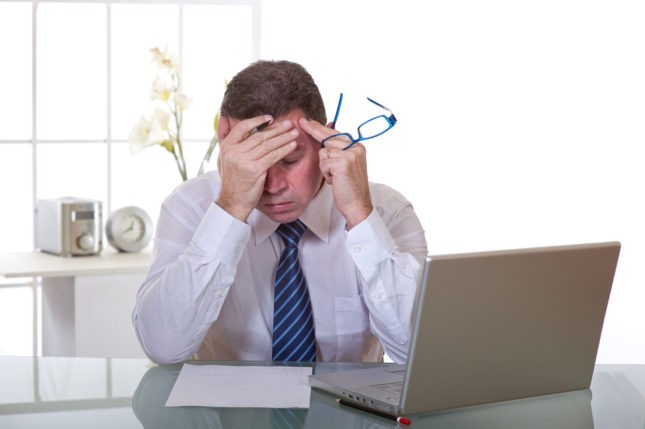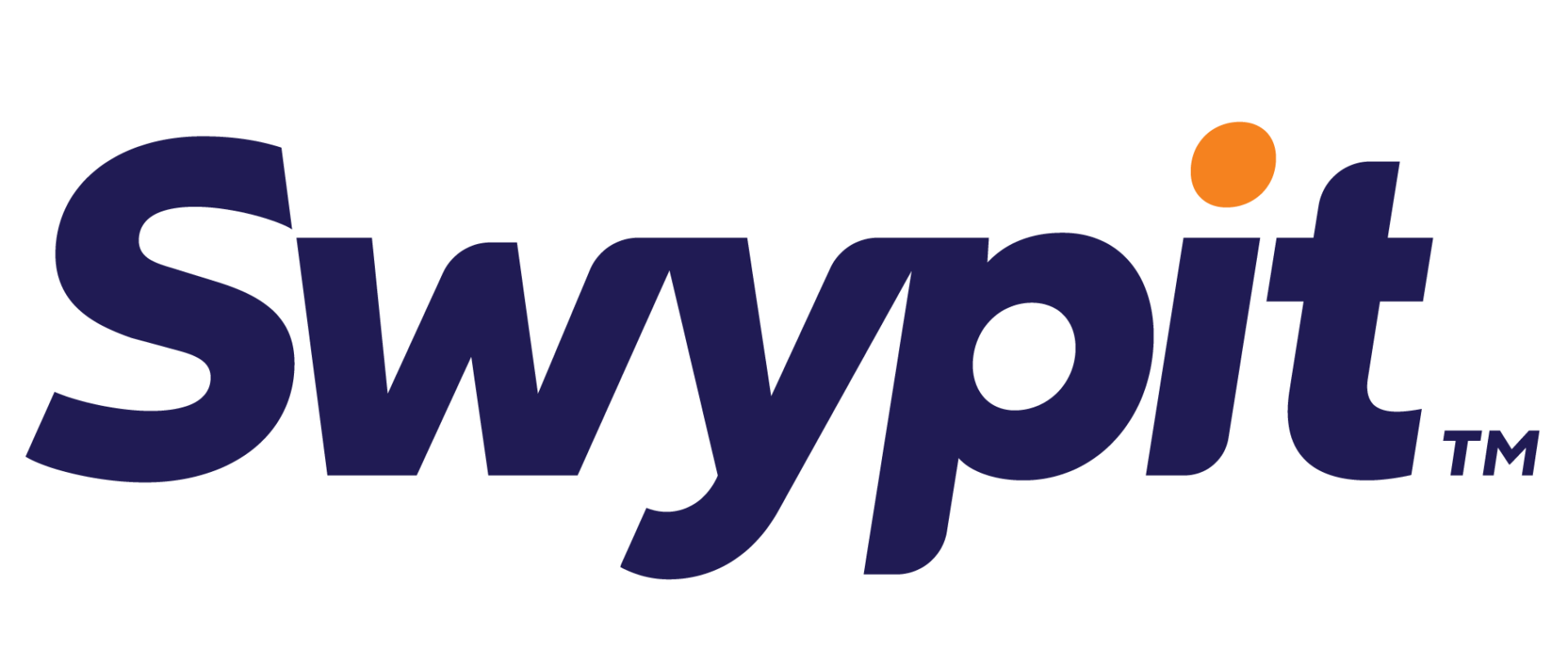A Different Kind of Fatigue: The Impact of Decision Fatigue on Business

Blog
Ever feel like your day is decision, after decision, after decision? And then even MORE decisions?
As business owners, leaders, and even managers, we can’t avoid decisions. They are a critical part of the fabric of our roles and responsibilities. Yet, do you ever wonder if your decisions are right? The best choice for the situation? For your business?
Of course, you do. We all second-guess ourselves at times. However, recent studies have shown it isn’t just slight insecurity, or mild anxiety about making the right or wrong decision, that makes us feel this way. And it might not just be a “feeling” at all. It just may be this little thing called, “decision fatigue.”
Decision Fatigue is the worsening quality of decisions made by an individual after a long session, or period, of decision making.
Consider this an example…
Judges in court have been shown to make poorer decisions late in the day than they do early in the day. They even give harsher sentences and are less likely to take into consideration any mitigating or extenuating factors.
Decision fatigue also impacts consumers, result in their making poor choices with their purchases. During a trip to the store, trade-off “decisions” that are made regarding prices and sales can even produce decision fatigue. This is why candy bars and other “impulse purchases” like magazines and sundries are often positioned by the registers. Studies on decision fatigue have shown we have less willpower after these shopping (decision-making) sessions.
Obviously, the same would be true online as well. After shopping online to make a purchase, especially one that required a bit of research and comparison, shoppers get LESS discerning as time passes. Then, in the checkout process, they are MORE likely to add-on options given such as extra features, complimentary products, and even warranties.
The “science” behind these concepts is part of what social psychologist Roy F. Baumeister called “ego depletion.” It centers on the idea that we have limited willpower and so when we use up what we do have, we’ll make poor choices from that point forward.
As an owner/manager/leader, what this means for you is that being forced to make multiple, complex, decisions uses up your willpower even faster.
As far as solutions go, unfortunately, we can’t just stop making decisions. And even though researchers have found that you will have more willpower if you just think you do, it’s not enough to just “stop believing” your decision-making and will power are maxed out and have that be true.
But here are 3 easy ways to counteract all the aspects that go into decision fatigue:
- Simplify the Choices You Need to Make Throughout the Day
Banks, hospitals/doctors, and other high-decision-dependent jobs address this idea by requiring a specific “uniform” (even if that’s just limiting attire to “suits only”) of employees. This starts the day off “right” by reducing the number of decisions that will need to be made throughout the day. The military does the same.
For “regular” companies and leaders, as well as their employees, this point doesn’t have to result in instituting uniforms. But the idea remains true… limit decisions where possible. Can there be a set schedule for each day? Can certain decisions follow a formulaic procedure for arriving at a conclusion? Can you narrow the KPI’s you’re tracking each day, each week, or each month? You likely get the picture. The bottom line is if you can reduce the number of decisions that do have to be made each day, you should reduce decision fatigue as well.
- Focus on Momentum, Not Willpower
Decision fatigue makes us feel out of control and building momentum around tasks is one of the fastest ways to get that feeling of control back. For example, by grouping similar tasks together as a “project” you will only have to make the decision to get started one time, rather than several times. The same is true with KPI’s… can you lump several together as a “metric” that you study over time? This can be helpful instead of deciding what every little number or measurement means alone.
- Use the Power of The Afternoon Nap
Studies and research have found that naps clear away the gunk that builds up in our brain—similar to a Zamboni on an ice rank. This is called the “Housekeeping Theory.” Taking a nap is a great way to “reset” your brain if you’re feeling the effects of decision fatigue. A nap clears away the “gunk,” making room for new information when we wake up from our short siesta.
The bottom line is that our lives have been taken over by decisions. Just consider the amount of times we switch between websites and apps throughout the day, or the times we have to decide which task is most important for the day, or what to do first, second, and so on…
The more decisions we make, the more likely we are to become decision fatigued. The more decision fatigued we are, the more likely we are to make poor decisions. Choose wisely where you spend your energy throughout the day, whether it be when choosing an outfit, a meal, which app to click on next, or what item to check off your to-do list.
